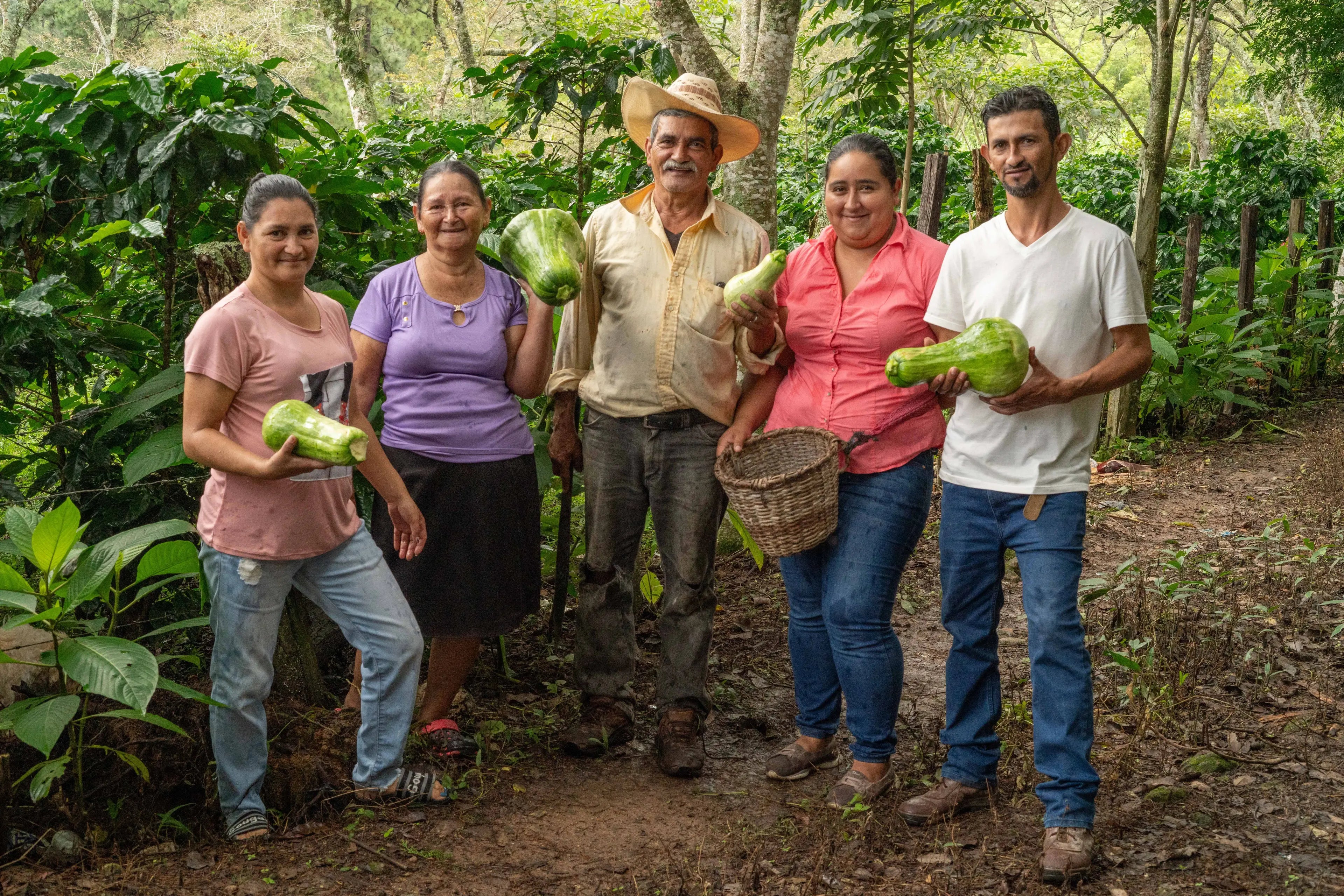
Community Lot Coffee
Community Lot Coffees: Regional Sourcing and Collective Identity
1. Historical Background
The concept of community lot coffees emerged as a strategic and logistical solution in coffee-producing regions where smallholder farmers cultivate limited quantities of coffee on small plots of land—often less than one hectare per family. Traditionally, these small yields weren’t enough to be marketed as individual lots, especially in the specialty coffee sector, where traceability and volume both matter to importers and roasters.
As traceability and regional identity became more important to specialty buyers, exporters, cooperatives, and mills began curating community lots—blended offerings made from multiple small farms within a single micro-region, town, or valley. These lots allowed producers to pool resources, create marketable volumes, and retain regional uniqueness, while offering roasters a consistent and affordable option that reflects a distinct place and season.
2. Growth and Regional Development
Community lot coffees have become a staple in many producing countries, especially where farm size is small and infrastructure is decentralized. This model is common in regions such as Huehuetenango (Guatemala), Guji (Ethiopia), Nyeri (Kenya), Comayagua (Honduras), and Huila (Colombia). In these regions, a central wet mill or washing station often acts as a collection point. Farmers deliver freshly harvested cherry, which is then processed and blended according to harvest time, quality, and physical grading.
This approach encourages regional distinction without requiring each individual producer to have the volume, infrastructure, or cupping recognition to market their coffee independently. It also supports peer-driven quality improvement, as farmers benefit from shared resources and knowledge transfer while gaining access to better-paying specialty markets.
3. Present-Day Production and Export Trends
Today, community lots represent a significant portion of the specialty coffee landscape. While single-farm microlots may receive more acclaim in competitions and media, community lots offer scalable, consistent, and terroir-driven profiles that roasters rely on for blends, rotating single-origin menus, and seasonal features.
Processing varies by region but is typically standardized at the community mill level—washed, honey, or natural—depending on climate and available infrastructure. In some cases, mills may sort by variety, altitude, or harvest window, allowing producers to elevate certain sub-lots into higher-value tiers, while others are blended into a broader community profile.
Exporters and importers often market these coffees with region-specific descriptors, such as "Cauca Regional Lot" or "Karatu Community Lot," helping build regional brand equity and consumer recognition.
4. Market Dynamics and Trade Challenges
Community lots sit at the intersection of quality, accessibility, and economic equity. For buyers, they offer a balance of traceability and volume. For producers, they provide market access, immediate payment, and the potential to scale into higher-value lots with improved quality.
However, there are trade-offs. Community lots often lack the narrative depth or farm-level specificity that many specialty consumers have come to expect. Additionally, transparency around farmer payment and lot composition can vary widely. Some mills provide detailed breakdowns of farmer participation, premiums paid, and processing methods—while others remain vague.
Pricing for community lots typically falls between bulk commercial coffee and exclusive microlots. While they offer more consistency than undifferentiated commodity coffee, they rarely command the highest prices unless exceptionally well processed or from a particularly famous region.
5. Outlook
The future of community lot coffees is strong, especially as roasters seek reliable, traceable coffees with regional character and producers aim for improved access to premium markets. These coffees are well-positioned to serve as a foundation for storytelling and quality development, particularly when paired with transparent sourcing practices and ongoing investment in producer support.
Technology and traceability tools (like blockchain and QR-based tracking) may continue to improve transparency within community lots. Additionally, some community lots are beginning to be marketed with greater nuance—featuring producer spotlights, flavor range mapping, or process-specific distinctions—to bridge the gap between blend-level pricing and single-producer storytelling.
For many in the supply chain, community lots are not just a necessity, but a valuable expression of collaboration, regional terroir, and collective quality advancement.
Shop Coffees from Community Lot Coffee
-
Example product title
Regular price $19.99 USDRegular priceUnit price / per -
Example product title
Regular price $19.99 USDRegular priceUnit price / per -
Example product title
Regular price $19.99 USDRegular priceUnit price / per -
Example product title
Regular price $19.99 USDRegular priceUnit price / per


